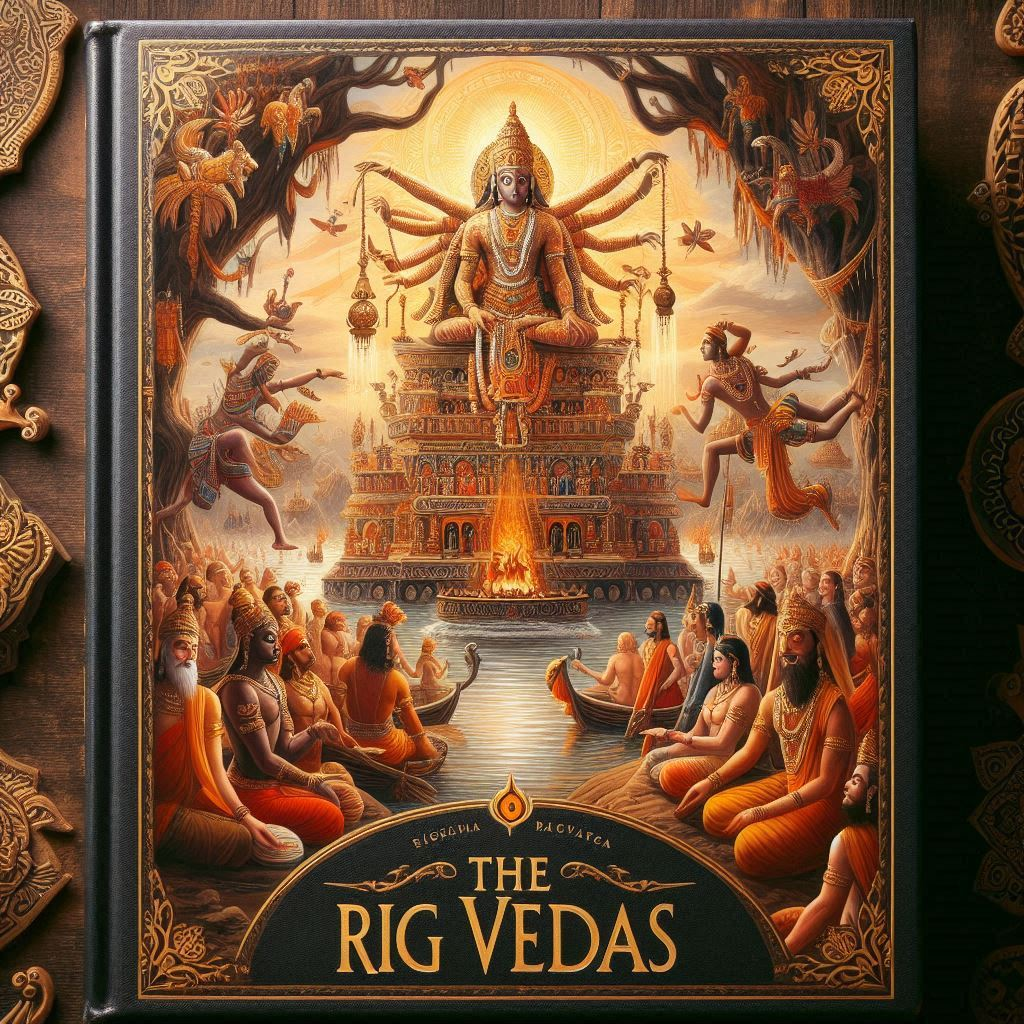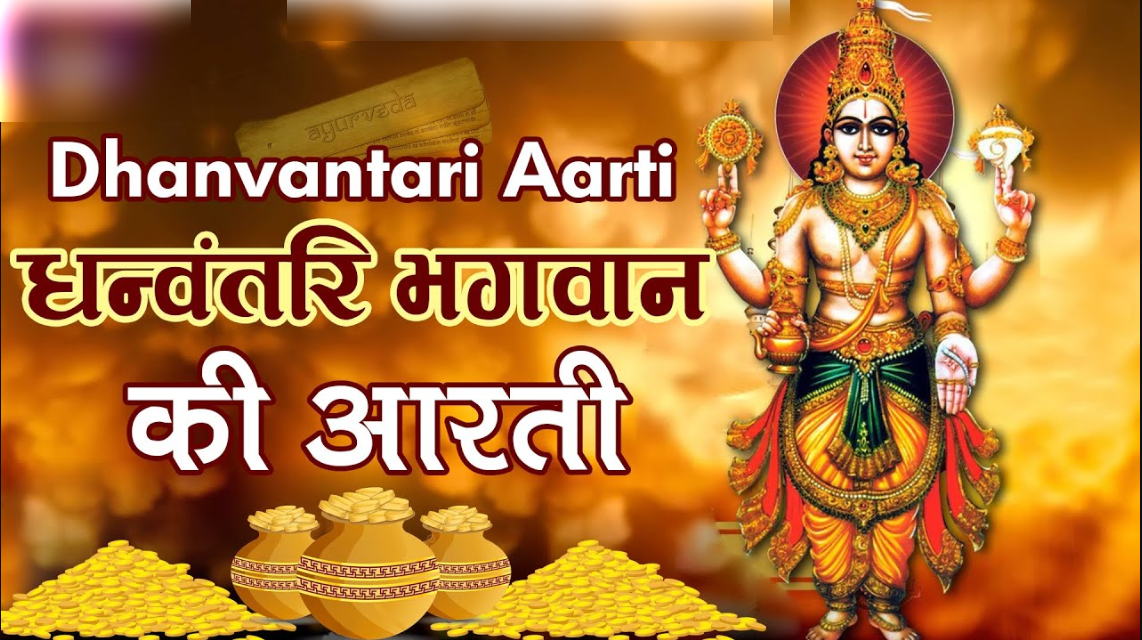Rigveda
The Rigveda is one of the most revered and ancient texts of Hinduism. Often regarded as the foundation of Vedic literature, it holds a significant place not only in religious practices but also in shaping the culture, philosophy, and traditions of ancient India. So, what exactly is Rig Veda? Let’s dive deeper into this sacred text and understand its origins, structure, and influence.

What is Rig Veda?
The Rig Veda is a collection of hymns, prayers, and rituals that were composed in the early Vedic period of ancient India. It is the oldest of the four Vedas and one of the oldest texts in the world. The word “Rig” means “praise” or “hymn,” and “Veda” translates to “knowledge” or “wisdom.” Therefore, Rig Veda essentially means the “Knowledge of Hymns” or “Collection of Hymns.” It is believed to have been composed around 1500 to 1200 BCE.
Rig Veda Historical Context
To truly understand the Rig Veda, it’s important to consider the historical backdrop of its creation. The Vedic period marked a time when Aryan tribes settled in the northwestern regions of India. These tribes practiced a ritualistic and polytheistic form of worship, with hymns dedicated to various deities. The Rig Veda was written during this era and captures the essence of the beliefs, practices, and rituals that defined this society.
Structure of Rig Veda
The Rig Veda is divided into ten “Mandalas” or books, which contain a total of 1,028 hymns or “Suktas.” These hymns are further subdivided into verses and are dedicated to various deities, natural elements, and cosmic phenomena. The hymns of the Rig Veda are written in a poetic and metrical form and are composed in Vedic Sanskrit. The first and tenth Mandalas are often regarded as the most significant, with the tenth Mandala containing hymns about philosophical and metaphysical ideas.
Index of Rigveda
| Mandala (Adhyay) | |
| 1 Mandala (First Mandala) | 191 Suktas |
| 2 Mandala (Second Mandala) | 43 Suktas |
| 3 Mandala (Third Mandala) | 62 Suktas |
| 4 Mandala (Fourth Mandala) | 58 Suktas |
| 5 Mandala (Fifth Mandala) | 87 Suktas |
| 6 Mandala (Six Mandala) | 75 Suktas |
| 7 Mandala (Seven Mandala) | 104 Suktas |
| 8 Mandala (Eigth Mandala) | 103 Suktas |
| 9 Mandala (Nine Mandala) | 114 Suktas |
| 10 Mandala (Tenth Mandala) | 191 Suktas |
The Language of the Rig Veda
One of the distinctive features of the Rig Veda is its use of Vedic Sanskrit, an ancient form of Sanskrit that predates classical Sanskrit. The language used in the Rig Veda is complex and archaic, making it challenging to understand even for modern-day scholars. However, its influence on the development of the Sanskrit language is profound, and many modern Indian languages have traces of this ancient tongue.
Deities in Rig Veda
The Rig Veda contains hymns dedicated to numerous deities that were believed to control various aspects of nature and human life. The major gods and goddesses mentioned in the Rig Veda include Agni (the fire god), Indra (the king of gods and god of thunder), Varuna (the god of cosmic order), and Surya (the sun god). These deities were worshipped in elaborate rituals and offerings that were believed to bring prosperity and protection.
Hymns and Rituals
The primary purpose of the hymns in the Rig Veda is to praise the gods and seek their blessings. These hymns were often recited during rituals, sacrifices, and ceremonies. The rituals described in the Rig Veda focus on the offering of sacrifices, such as soma (a sacred plant), to the gods, and the recitation of hymns to invoke their presence and favor.
Cosmology and Creation
The Rig Veda provides some of the earliest insights into the cosmological views of ancient India. The hymns describe the creation of the universe, the birth of the gods, and the cyclical nature of life. One of the most famous hymns, the Nasadiya Suktam speculates on the origin of the universe, suggesting that the world was created from an unknown source and that the exact nature of creation is beyond human comprehension.
The Four Vedas and Rig Veda’s Role
The Rig Veda is the first of the four Vedas, which also include the Yajur Veda, Sama Veda, and Atharva Veda. Each Veda serves a different purpose, with the Rig Veda focusing on hymns and prayers, the Yajur Veda on rituals, the Sama Veda on melody, and the Atharva Veda on spells and incantations. Despite the distinctions, the Rig Veda holds the highest regard and is considered the source from which the other Vedas draw their teachings.
Rig Veda’s Influence on Hinduism
The Rig Veda plays a foundational role in shaping Hinduism. Its hymns have influenced the development of religious practices, rituals, and philosophical thought in Hinduism. The concept of dharma (moral duty), karma (action and its consequences), and moksha (liberation) can be traced back to the teachings found in the Rig Veda. The Vedic deities also play an essential role in Hindu worship and devotion.
Philosophical Teachings of Rig Veda
The Rig Veda is not just a collection of hymns and rituals; it also contains profound philosophical teachings. One of the central ideas in the Rig Veda is the concept of Brahman, the ultimate reality, which is believed to be the source of all existence. It also explores the nature of the soul (Atman) and its connection to Brahman. The pursuit of liberation (moksha) through self-realization and spiritual knowledge is another key theme of the Vedic texts.
Rig Veda’s Preservation and Transmission
The Rig Veda was passed down through generations via an oral tradition. Ancient Indian scholars meticulously memorized the hymns and recited them with great precision to preserve the integrity of the text. The Veda was transmitted orally for centuries before it was written down. This oral tradition played a crucial role in safeguarding the Rig Veda and ensuring its survival through the ages.
Rigveda Samhita In English Vol 1
Rigveda Samhita In English Vol 2
FAQs for Rig Veda’s
What is the Rig Veda?
The Rig Veda is an ancient collection of hymns, prayers, and rituals that forms the basis of Vedic literature in Hinduism.
When was the Rig Veda composed?
The Rig Veda is believed to have been composed around 1500 to 1200 BCE during the Vedic period.
What are the main themes of the Rig Veda?
The Rig Veda explores themes such as the worship of gods, cosmology, creation, and philosophical concepts like Brahman, Atman, and Moksha.
How was the Rig Veda transmitted through generations?
The Rig Veda was passed down through an oral tradition, with scholars memorizing and reciting the hymns accurately for centuries.
Why is the Rig Veda important in Hinduism?
The Rig Veda forms the foundation of Hindu philosophy, rituals, and spiritual practices, influencing the development of Hinduism as a religion.
How many hymns are there in the Rig Veda?
The Rig Veda contains 1,028 hymns, which are grouped into 10 books or Mandalas.
Who are the primary deities addressed in the Rig Veda?
The primary deities addressed in the Rig Veda include Agni (fire), Indra (war and thunder), Varuna (cosmic order), and Soma (a sacred plant or deity).
What language is the Rig Veda composed in?
The Rig Veda is composed in Vedic Sanskrit, an ancient form of the Sanskrit language.
What is the significance of the Rig Veda in Hinduism?
The Rig Veda holds immense significance in Hinduism as it forms the foundation of Vedic philosophy, rituals, and the worship of deities, influencing subsequent religious practices and texts.



